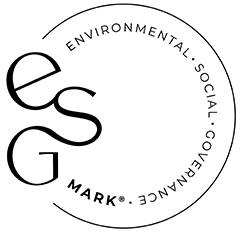Transfer of a Going Concern (TOGC) treatment is always subjective, but some are more subjective than others.
A media business sold opted land and property at Teddington (the old Teddington lock TV studios of The Big Breakfast and Magpie fame). Before selling the property, it granted a lease in one of the properties on the site to the advisors of the buyers. This was one of the arguments for the transaction to be treated as a TOGC; being the transfer of a property letting business. The other argument was that the transfer was of a property development business.
The case required all the parties to give full access to their records (although HMRC did have to ask several times). Emails between the legal representatives were quoted at length which HMRC said showed that the sole purpose of the new tenancy was to enable a TOGC; although HMRC was at pains to point out that it did not allege abuse. The tribunal agreed that whilst the form of the contracts was not the same as the substance of the transaction it was not abusive.
The Corporate Tax returns of the buyer (yes, HMRC checked) and emails to HMRC about its income status were used to show that the buyer did not bill for or receive any rent after the purchase.
The tribunal dismissed this argument (transferring a letting business) as the tenants at the time of transfer were introduced by the buyer. This had echoes of a previous case (Royal College of Paediatrics) were similar steps taken in that case to prevent the buyer incurring largely irrecoverable input tax, which was also dismissed.
What was different between the two is that the Royal College of Paediatrics let a room in the property, whereas the seller here let a building on the site. HMRC has different views on what is seen as sufficient to qualify as a property letting business when dealing with a property and a site or estate. It’s quite common for a room or floor in a building to be seen as more than incidental, but for a site or estate there are greater risks of being seen as insufficient to meet the criteria of being a letting business.
But, what about the transfer of a property development business?
The tribunal examined marketing material produced by the seller as well as heads of terms for the sale. The latter referred to numerous times to vacant possession. The marketing information was about the sale of a development opportunity, not an existing development business. At no point was the seller seen to want to undertake development, and obtaining planning permission was not sufficient in itself.
This is an important and useful case in showing that trying to form a TOGC when there’s little substance to it, is likely to be challenged by HMRC; and HMRC’s approach is to assess for the ‘missing’ VAT rather than step back and see that whatever was charged by the seller was reclaimable by the buyer. The addition of the VAT also raises the issue of up to £680,000 of under declared SDLT.
So why ‘numbers’? The tribunal refers to a joint bundle of documents running to 1,999 pages; one witness for the appellant had a bundle of exhibits running to 2,977 pages and the assessment was for £17 million.
This article is from the latest issue of our VAT newsletter. To receive future copies of any of our newsletters directly to your inbox, please visit our preference centre to register your interest.
If you have any questions about the above, or would like more information specific to your circumstances, please enter your email address below and we will get in touch:













